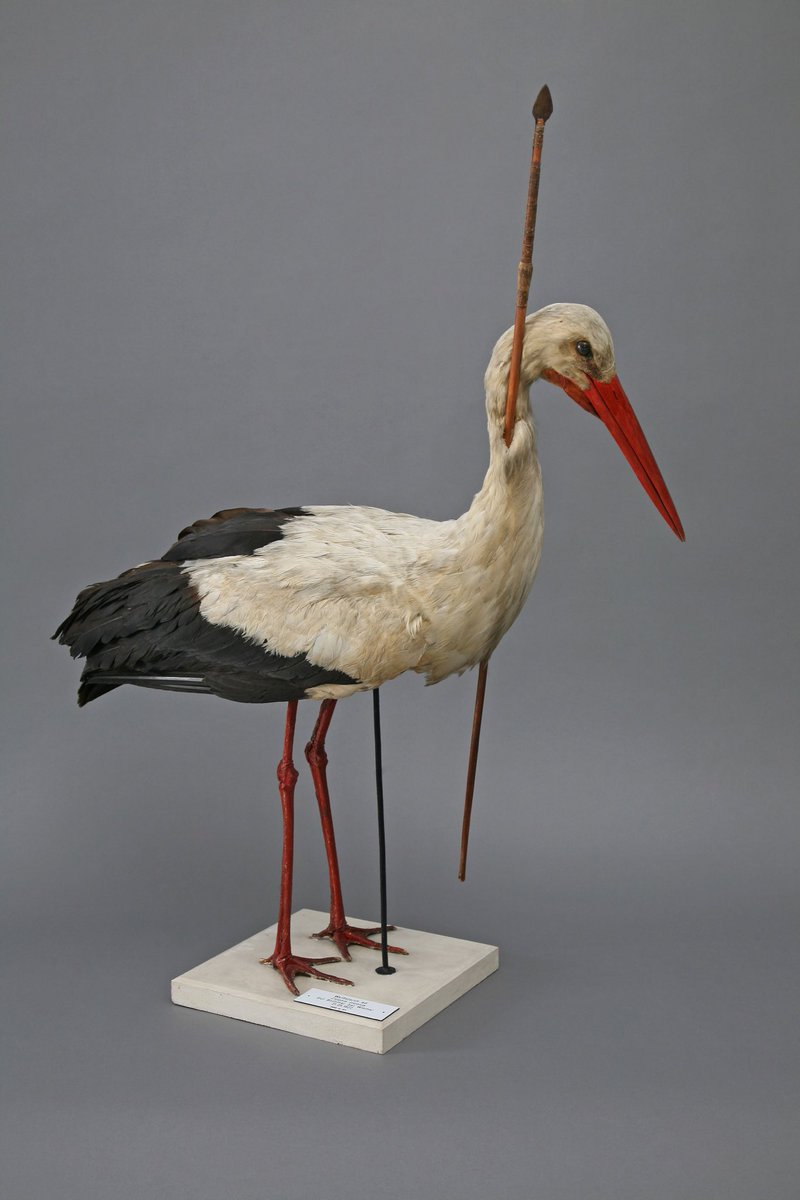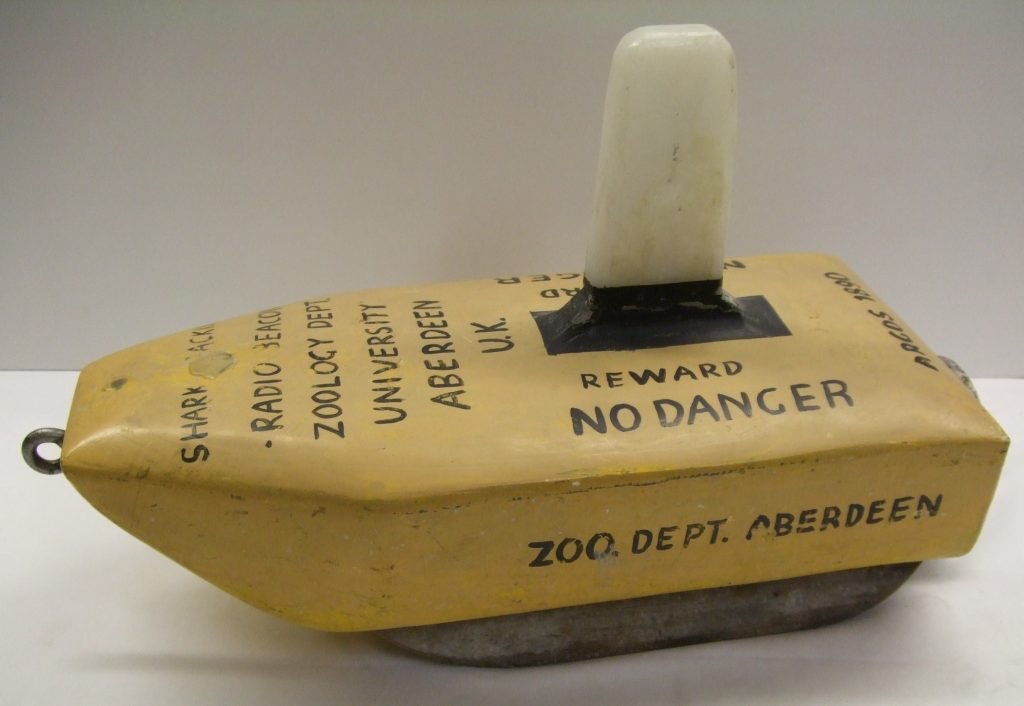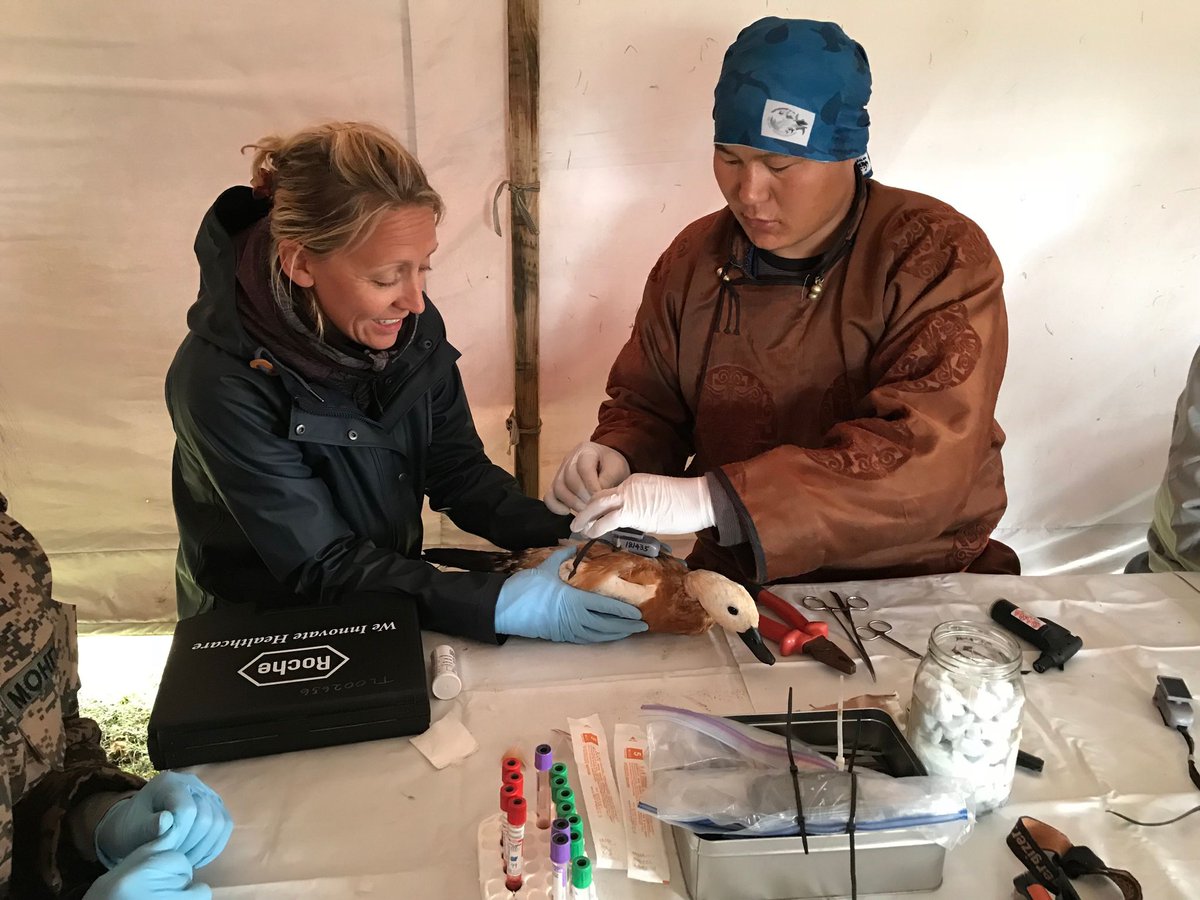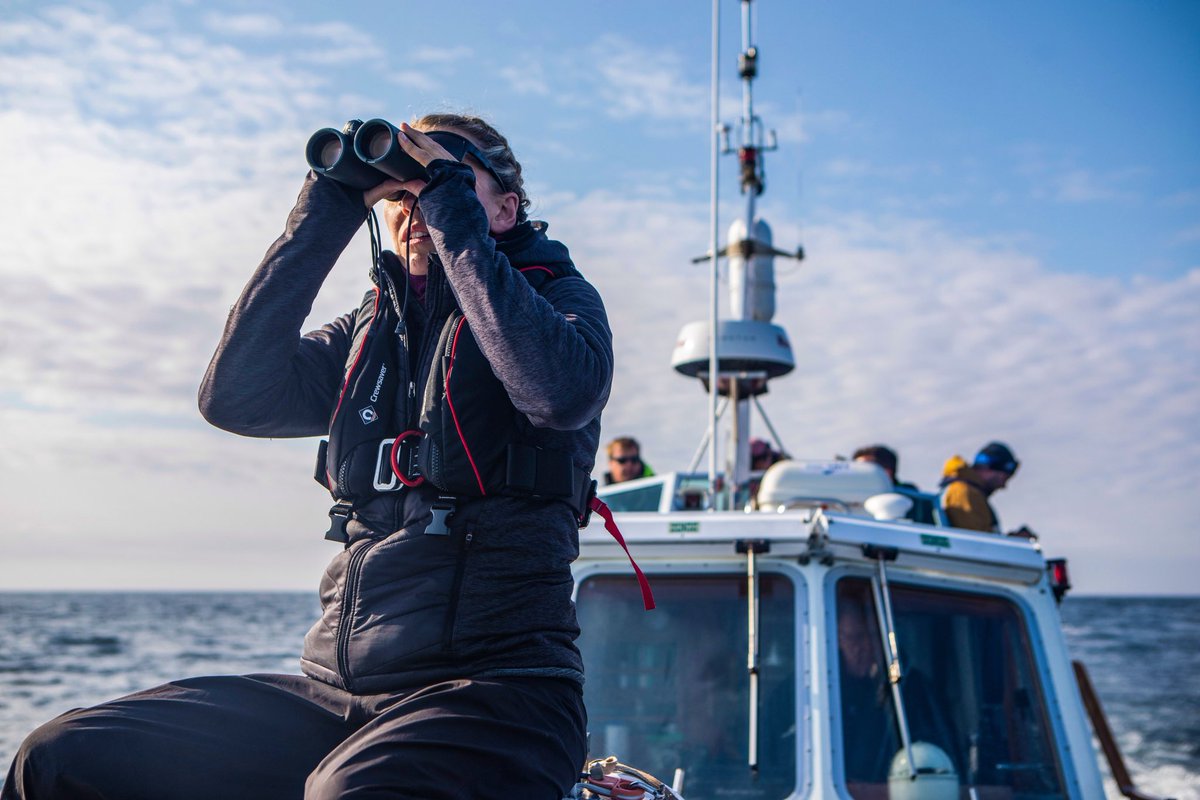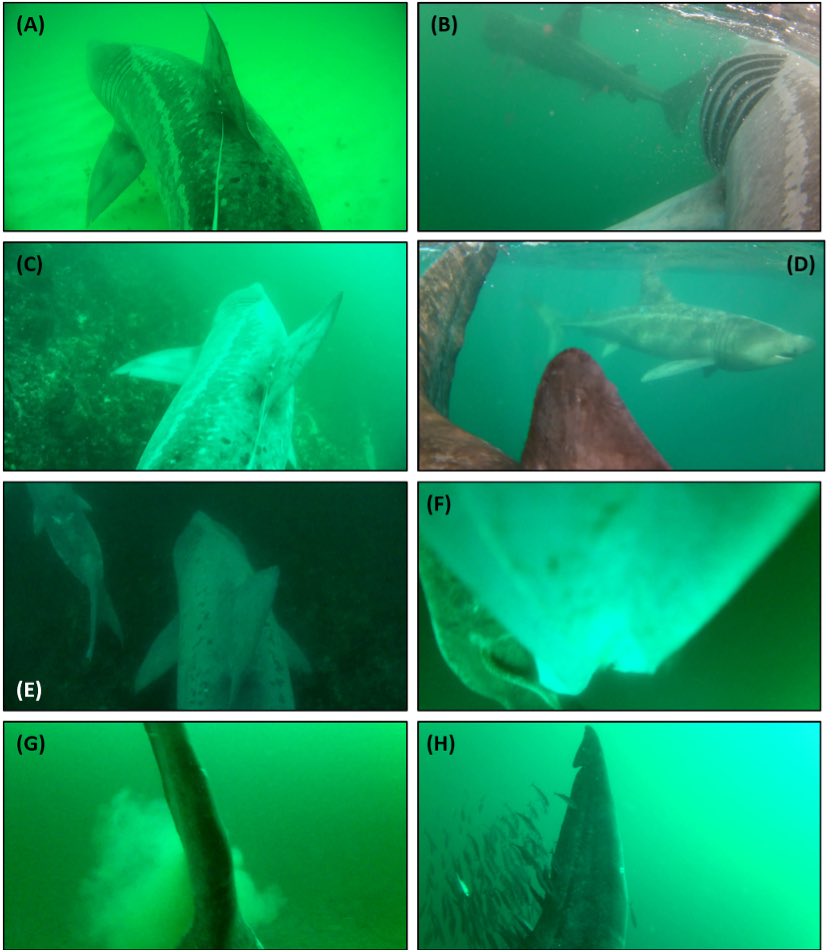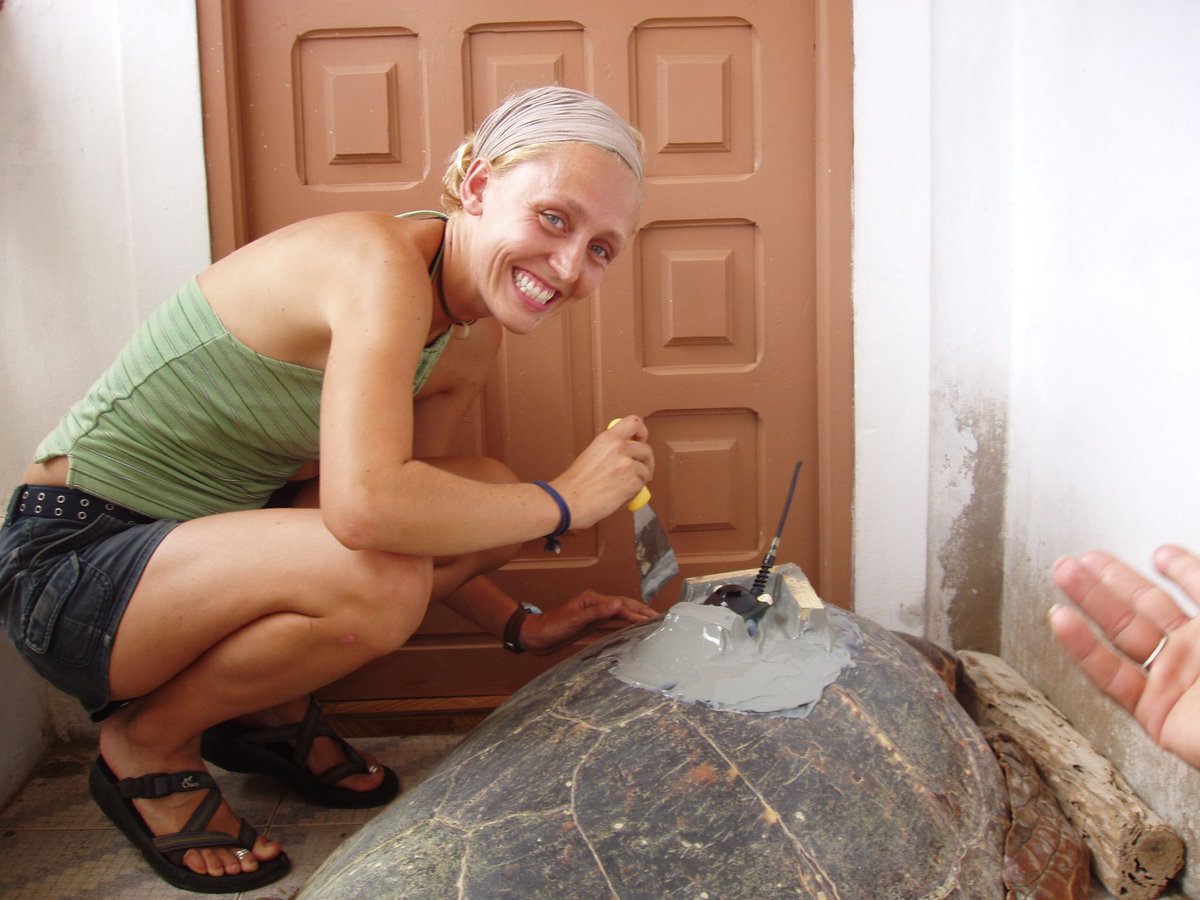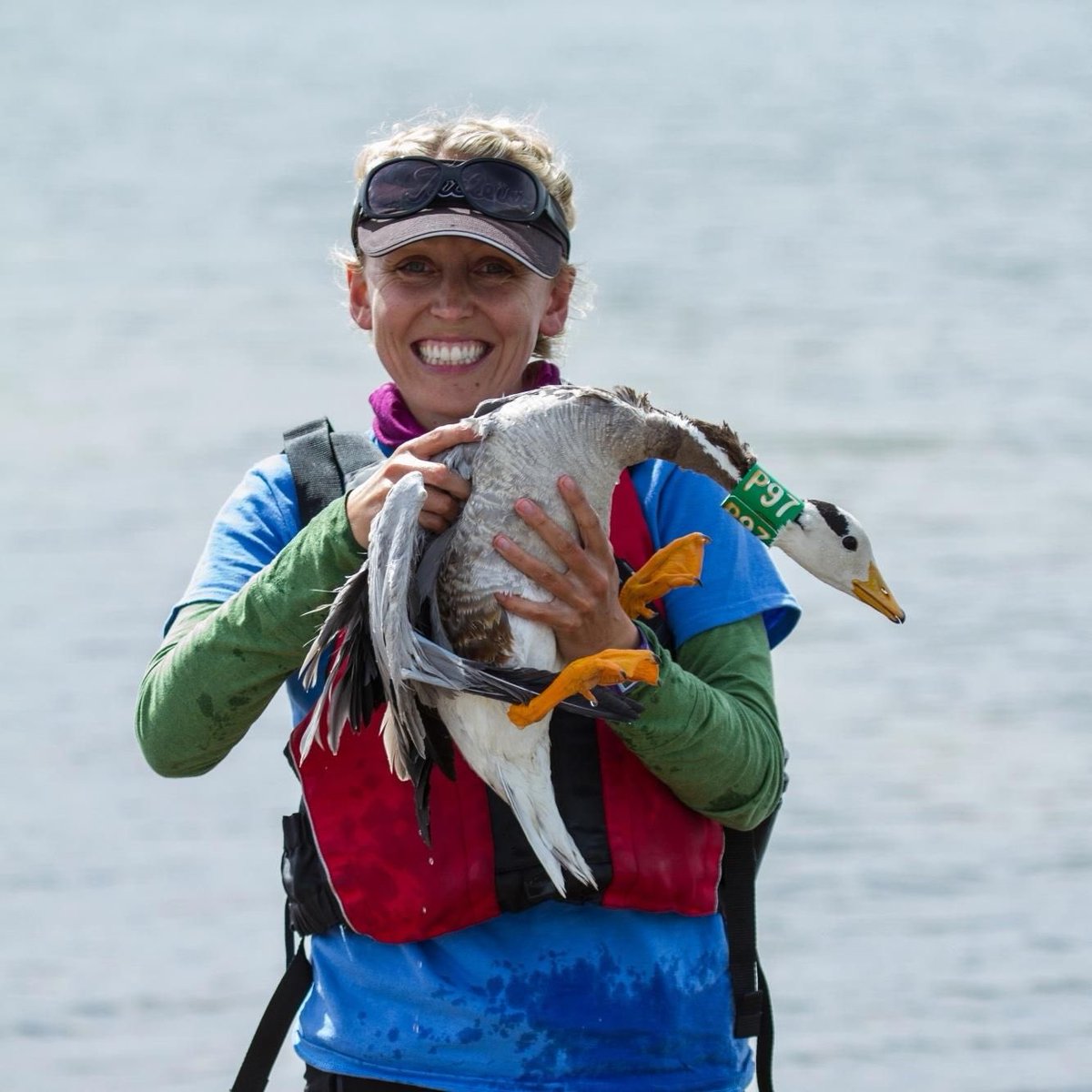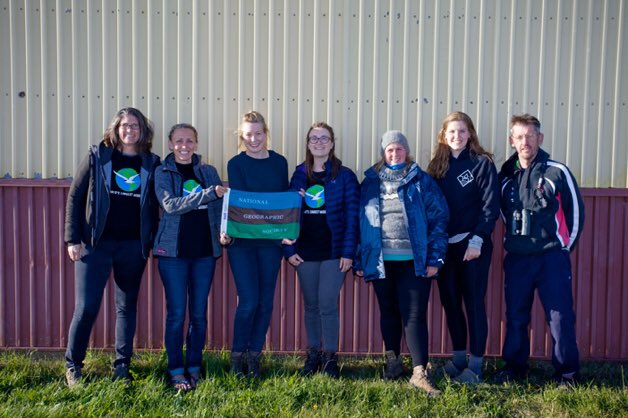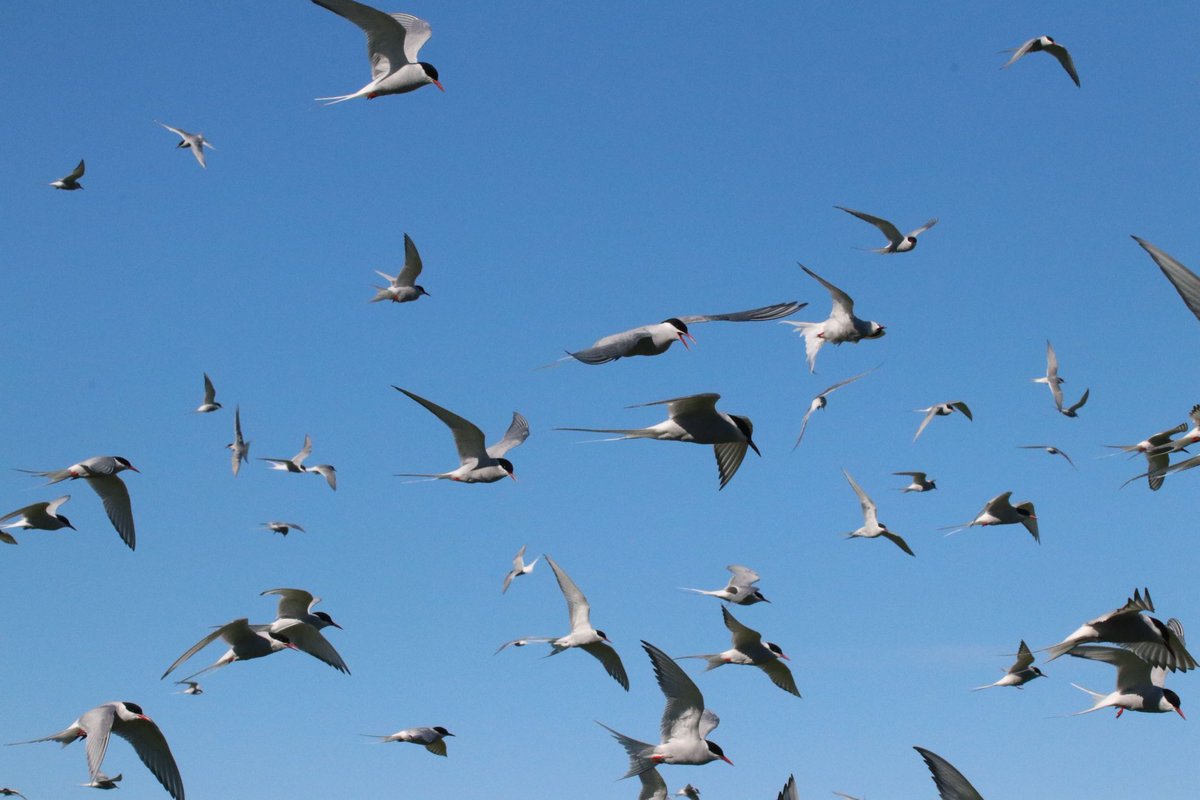Hello! I’m Lucy Hawkes ( @DrLucyHawkes), marine biologist @CLESUniofExeter and NatGeo Explorer. I’m taking over @insidenatgeo to share stories of tracking some of the most amazing animal migrations on earth, and why they inspire me
I use high-tech tracking tags to follow sharks, turtles & birds. The tag sends data via satellite (or we get it back & download it like a USB stick). Tags tell us where animals are, what they’re doing & even how fast their heart can beat! This science is called #Biologging
Arguably the first ever tracking device was this wooden spear stuck in a white storks neck – which was shot in Germany. When the hunters figured out that the spear had come from Central Africa they realised the journey it must have made!
The field of #biologging is actually about as old as me – the first animals ever to be tracked were: a sea turtle in the USA in 1979, and a basking shark carrying this tag in 1982. Tags today are far smaller, smarter and last longer
Like the animals I study, I travel to different countries for research – a great privilege – I love to work shoulder to shoulder with people from different countries, backgrounds & world views. This is me with an expert bird tracker I work with in Mongolia (and a shelduck!)
Every tag I deploy tells me a detailed story about an amazing animal. Now I thought I’d share some of the most exciting things I have found!
This is a basking shark – the 2nd largest fish in the world BUT no-one knows where they breed – total mystery! We’re putting cameras on them to find out. So far we’ve seen them ‘buying each other drinks in the club’, but we didn’t clock anyone going home together yet. Ahem.
This is a loggerhead sea turtle. I track them using tags that tells me where the turtle is, and how deep and long they dive. We found they can stay underwater for an astonishing 7 HOURS in the winter, resting off the coast of North Carolina, USA – that’s a big breath hold!
This is a bar-headed goose. I track them using a tag that tells me where they are and how high they fly. We clocked them at a record 7,290 m above the Himalayas!! Humans get sick at those altitudes, so we’ve done more work to find out how they cope! (spoiler: birds are awesome)
In 2018 I got a NatGeo Society grant to track the longest distance migration in the world – made by the arctic tern, which travels from pole to pole every year, more than 100,000 km / 62,000 miles! We’re using GPS tags to track their migration in never-before-seen detail.
Arctic terns weigh about the same as a bar of soap, but they do an epic pole to pole migration every year for their whole life – and they can live to be 30 or more, meaning they travel far enough in their life to get to the moon and back SIX times!!
Can you imagine how it feels to be able to hold these birds? They are supreme athletes that see the world at a planetary scale. They connect the most distant parts of the world in one incredible (but annual!) journey. I adore them. #fangirl
While these tags tell us fascinating stories from individual animals, they show us that amazing animal athletes travel all around us every year – in the skies above you, in the seas around you. I think we’re really lucky to share the planet with these amazing animals.
Animal tracking also shows us how small the planet really is, how connected it is.

 Read on Twitter
Read on Twitter

